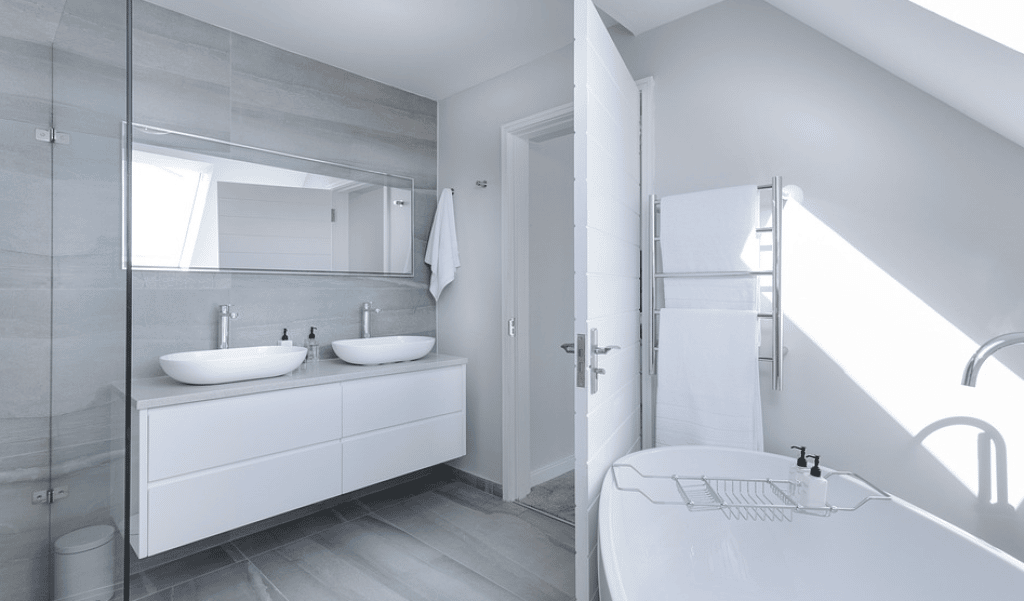The World Health Organization recently reported that 17% of the world’s population experience disabilities that hinder their daily functioning. Knowing these statistics encouraged most homeowners to make their houses conducive for PWDs. Moreover, studies highlight that most home accidents involving persons with disabilities happen in the bath. So, if you are looking for simple ways to make your homes more PWD-friendly, you might want to start with your bathroom.
This article discusses interior designs, features, and details you can follow to get started.
Upgrade your bath
One of the biggest possible upgrades to make the bathroom safer and more accessible is to install a walk in bath. Walk-in baths have designs that allow anyone to go in the bath with minimal effort. They also have special features like lower thresholds, built-in seats, whirlpool jets, and hand-held showers that make bathing easier and more convenient. Walk-in baths are also watertight, making them safe from leakages or spills. In addition, since using walk-in baths requires less assistance, patients with different levels of mobility can have more privacy, boosting their self-confidence and morale.
Make your floor slip-resistant
Aside from installing a disabled bath, you can also decrease the chances of bathroom incidents by making your floor slip-resistant. Ideally, manufacturers recommend using bamboo, cork, rubber, natural stone, or vinyl for bathroom flooring since they are less slippery than tiles. However, if you do not have the resources and budget to change your bathroom flooring immediately, you can try some preventive measures. For example, you can start using floor grip mats, shower mats, thick rubber mats, and adhesive strips, which are easy to install and highly effective. Applying an anti-slip formula on your tiled flooring can also be a long-lasting solution.
Add motion-activated lighting
Using the bathroom at night can lead to unfortunate incidents. Locating the light switch in the dark can be tricky and challenging, especially for people with special needs. This is why installing motion-sensing lighting can be a game changer. Motion-activated lighting will automatically illuminate the bathroom after detecting any movement, making it easier for anyone to see potential hazards. Plus, this technology can help save energy since it automatically turns the lights off when not in use.
Install grab rails
Grab rails are significant in making a bathroom disabled-friendly. They are proven effective and impactful in lessening injuries and falls when using the bathroom. Rails are commonly installed near the bath, toilet, and shower. PWDs often use grab rails as support to make difficult movements, move from one place to another, and maintain balance and stability. People who use wheelchairs also find it easier to transfer onto a bath, shower board, or toilet because of grab rails.
Grab rails are cheap and easy to install. In addition, they are made from stainless steel or moulded plastic with different colours and designs that can match the aesthetic of your bathroom.
Conclusion
The world is a difficult place to live in, especially for people with disabilities. So upgrading your homes to be more conducive and safer for them is a nice gesture to make things easier and more bearable.
